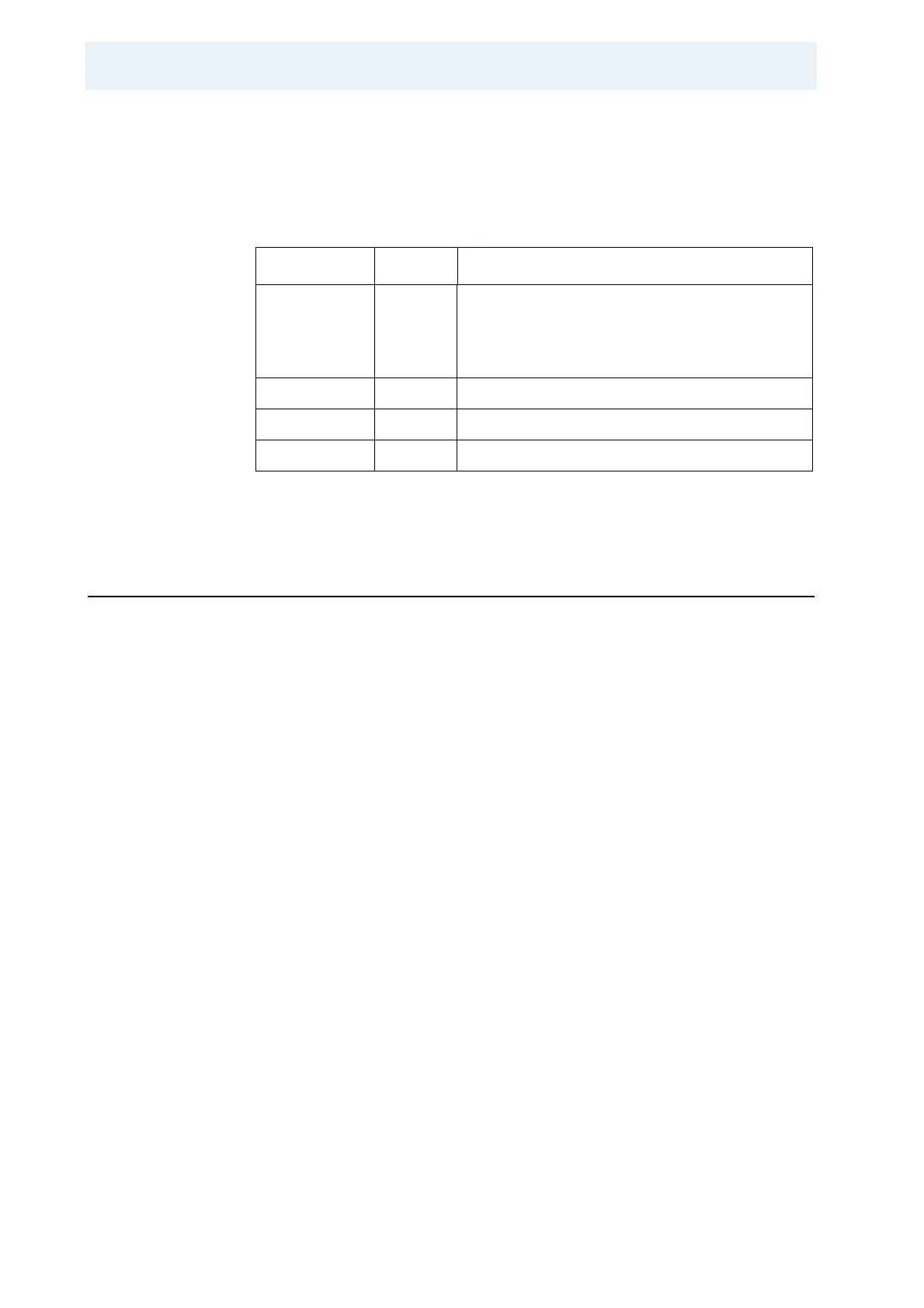106 (327) BRUKER BIOSPIN User Manual Version 002
Basic CP-MAS Experiments
distortions, 90° pulses should always be executed close to the observed reso-
nance. Larger offsets give different (shorter) p90 values and phase distortions for
pulse lengths close to 180° and multiples thereof.
Fine adjustment of the π pulse on
13
C can also be done using the TOSS experi-
ment, see next chapter.
Total Sideband Suppression TOSS 7.2
The TOSS sequences permit complete suppression of spinning sidebands (SSB)
in CPMAS experiments. The TOSS sequence consists of the basic CP sequence
plus a 2 rotor period sequence with four specially spaced 180º pulses. As is the
case for all extra pulses on the X channel in CPMAS experiments (with the excep
-
tion of symmetry based sequences, see further below), these 180º pulses are set
with pl11.
This experiment can be optimized for minimum spinning sideband intensity either
by variation of the 180° pulse width or the associated power level pl11.
Two variations of the TOSS sequence exists, the default is TOSS A, which is ap-
propriate for lower spinning speeds. TOSS B, for higher spinning speeds, is se-
lected by setting ZGOPTNS to –Dtossb. The maximum spinning speed is either
determined by common sense – if all sidebands are spun out, TOSS is not need
-
ed (low field instruments) – or by the shortest delay, which is d26 in both cases.
For TOSS B, d26 = 0.0773s/cnst31-p2, with cnst31 the rotation rate in Hz and
p2 the 180º pulse width in µs. For TOSS A, d26 = 0.0412s/cnst31-p2, so the
maximum spinning rate is lower.
Table 7.1. Acquisition Parameters
Parameter Value Comments
pulprog cp90 AVIII, cp90.av for older instruments
nuc1 13C Nucleus on f1 channel
nuc2 1H Nucleus on f2 channel
sw 300 ppm Spectral width for Glycine
o1p 45 Close to C-α
td 2048 Number of points sampled
